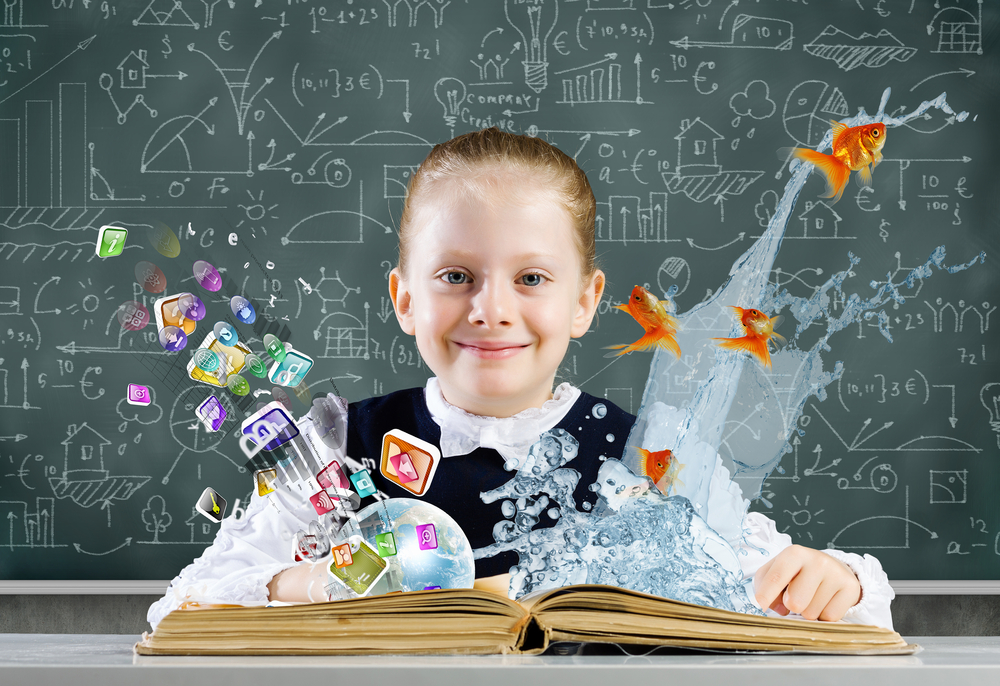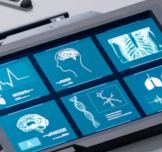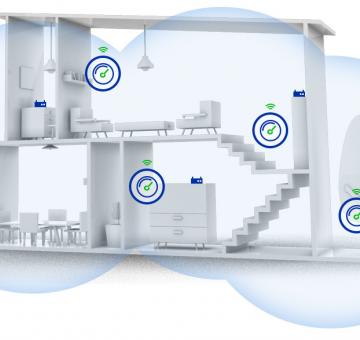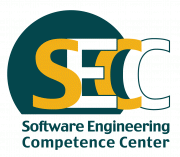5 ways technology will change education by 2020

"Today, there is a sense of urgency to shift towards technology. We are far from being where we need to be, but we are getting there.", said Amin Amin, Founder of ASK for Capacity building referring to the current spoon-feeding educational system, which is no longer compatible with a dynamic labor market.
Is it enough to digitize content or give students internet access? No, it is not only about the content anymore. Technology has offered more applications that could enhance the content and improve the effectiveness of the learning process. Here are five ways technology can change Egypt’s educational scene.
1. Tablets, smart boards, and multi-touch boards
Nowadays, tablets and smart boards became part of the classroom in some Egyptian schools. For tablets to be effective, there has to be digital content for all curricula. According to Dr. Korayem Kamel, an official at the Ministry of Education, the ministry launched digital content for secondary stages to support technology introduction into the classroom. Students can access and download e-books from the ministry's website and start a new studying experience. “This is not a regular e-book, it is an interactive book with a virtual lab, where students can click on hyperlinks to watch videos and can drag and drop certain icons to conduct science experiments.”, said Dr. Korayem.
Further to look forward to, are the multi-touch boards, which are the future of tablets and smart boards. They allow more than one student to interact with the content at the same time, hence, students can have lab partners in their virtual lab.
2. Massive Open Online Courses (MOOCs)
MOOCs are courses or curricula of study available online for a the mass, a large number of people and anyone anywhere, it is a concept that Egypt has started to adopt recently. Today, Nafham, a free online k-12 crowdsourced educational platform, enables teachers to upload videos explaining different lessons from the mandated public curriculum. As per their website, they have 20,000 videos, 100,000 viewers per day and 500,000 students and parents registered on their portal. Mr. Ahmed Al-Alfi, Nafham’s co-founder, explained that Nafham aims at helping government solve a variety of educational problems. Alfi believes that 90% of students’ education should be in the form of e-learning content as it is much more accessible and affordable. He says that producing one video costs Nafham EGP 500-700. He continued, “ We are working on adding a chatroom where students can ask questions and get answers after watching every video”.
“By 2020, at least, 12 universities around the world will give university degrees with 100% content on MOOCs” - Anant Agarwal, from edX the MOOCs platform. However, other opinions would argue that MOOCs shall not replace regular education, but they facilitate and help students learn anything they want remotely at their own pace.
3. Gaming
At the time our generation used to go to schools, our parents considered video gaming as a major distraction to our education advancement. In the coming few years, this will completely change. Today, there are many things that compete with teachers on students’ attention like Facebook, Youtube, and video games. Giant Companies like Microsoft started to view this as an opportunity rather than a limitation. Microsoft offers teachers gaming education tools using their Microsoft Kinect, motion sensing technology. Watch here teachers are trying to create a learning experience through gaming especially anything that requires physical activity such as musical instruments.
4. 3D printing
A biology teacher in Netherlands created a buzz over the social media when she tried to be more creative at explaining the human body to her students. This time she got dressed in a costume of the human body, maybe next time she can use 3D printing instead.
3D printing can be used in any curriculum that requires cross-sectional visualization through printing a 3D model for every lesson. Students will be able to interact, touch and grasp anything from molecular structures, to the human body or even space science. This will lead to better understanding and boost their creativity. In comparison to previous technologies used, 3D printing may be somehow challenging to some Egyptian schools or educational institutes due to its high cost. Therefore, It hasn’t been educationally experimented in Egypt yet.
5. Virtual Reality (VR)
From wearables like Google glasses to future augmented reality contact lenses, students will have Newton sitting at their desks explaining the laws of motion. That will create an unforgettable learning experience that students will definitely enjoy. We are here speaking about students being able to interact with their regular textbooks through virtual reality.

Digital content can be created along with VR to summarize hundreds of textbooks in an hour experience. Wearables are still an expensive option for local schools and here come virtual reality apps that require only a smartphone. Shaghaf, an Egyptian startup, launched their first product, Eltakhta, that uses technology to blend education and school curriculum with entertainment. You can now download Eltakhta's android application and try their space and science interactive experience. Students project their smartphones to the textbook and start a virtual reality experience, where they can interact with the whole solar system and learn about each planet as shown in the picture.
Technology has offered several applications to create unique learning experiences, however, there are other factors that should be taken into consideration when it comes to education.
Although statistics shows that 60% of students learn faster when using technology than a teacher-led classroom, it is a double-edged weapon when it comes to children usage. According to Dr. Maha Bali, an AUC professor, “Excess usage and dependency on technology could lower their skills and abilities.” she continues, “The Egyptian context to all of this matters. For example, the use of certain technology at home is gendered. Some parents allow boys more time on the computer than girls. Also, access to technology is no guarantee it will work as intended. Different people are differently prepared and motivated to using different learning tools.”






































































EgyptInnovate site is not responsible for the content of the comments